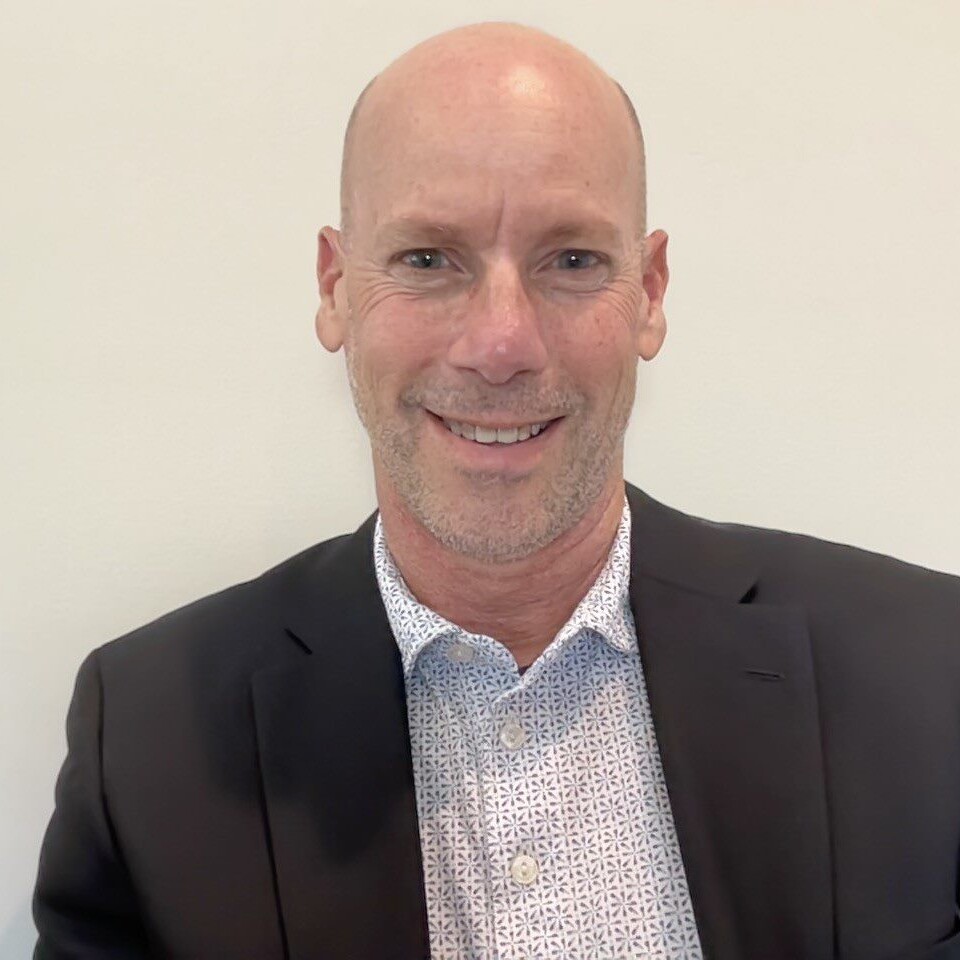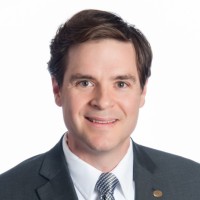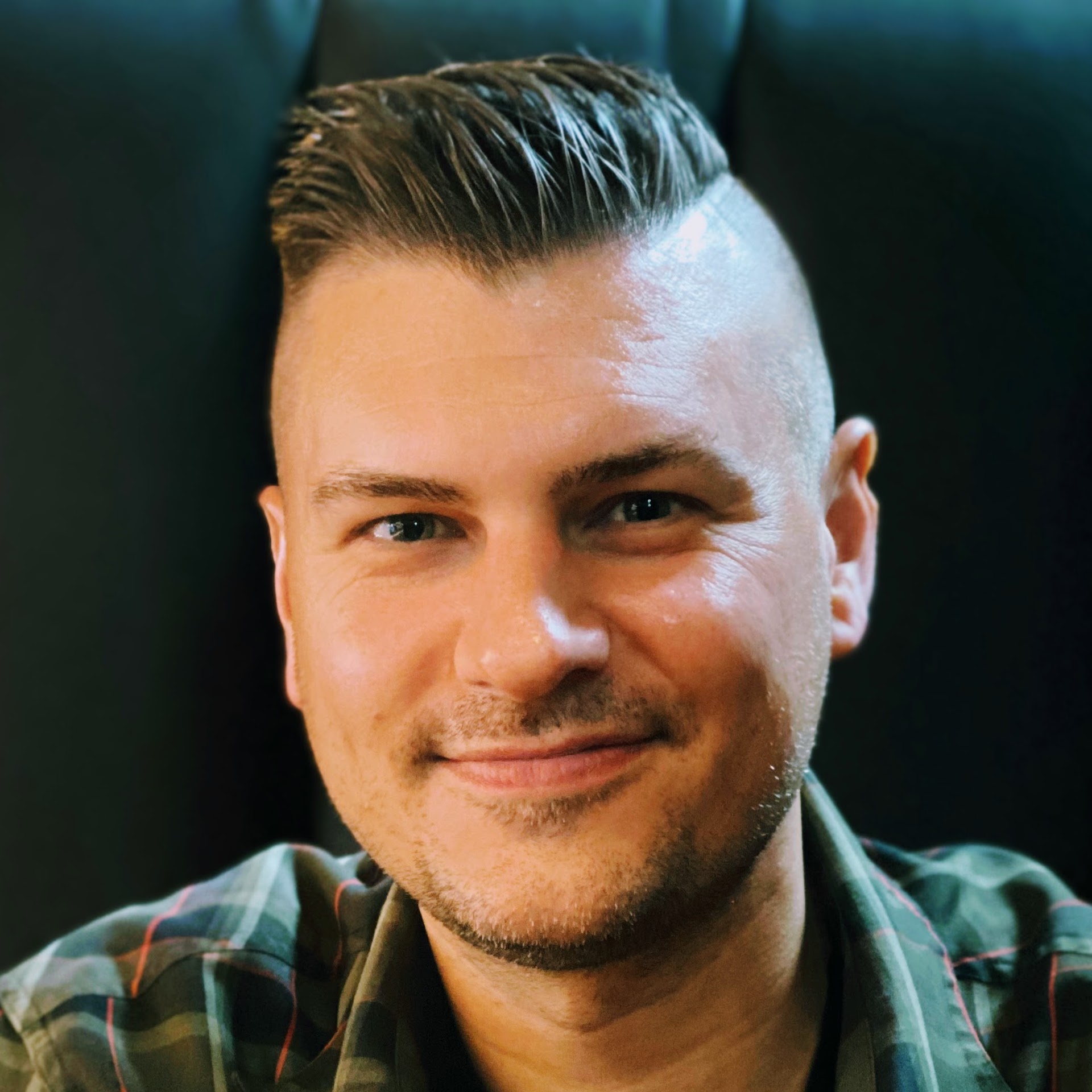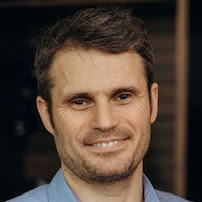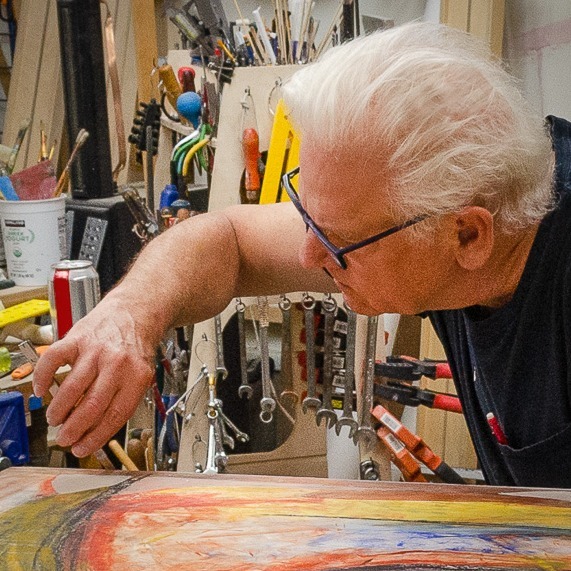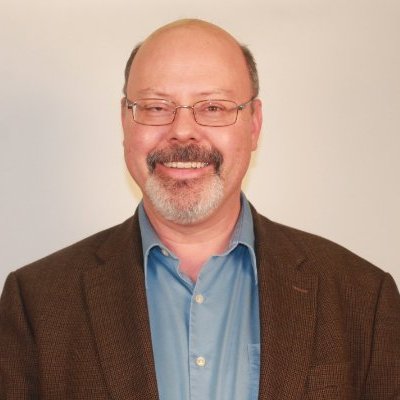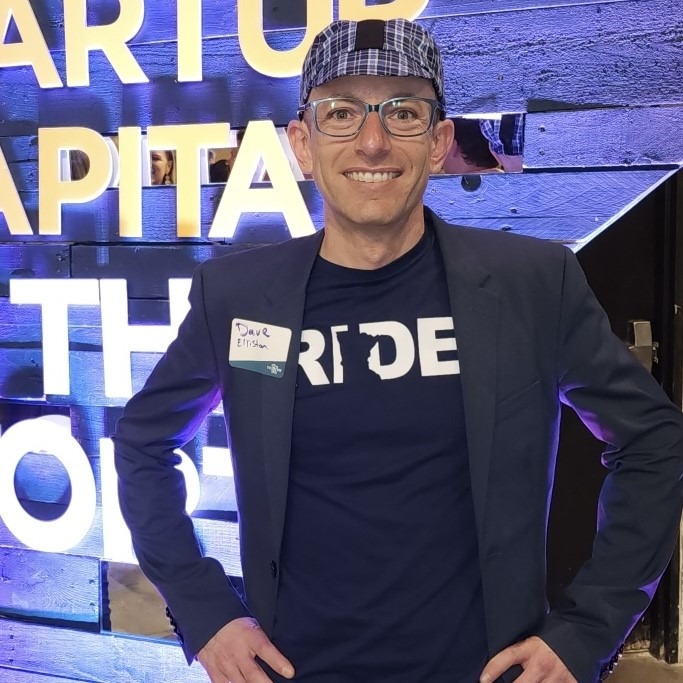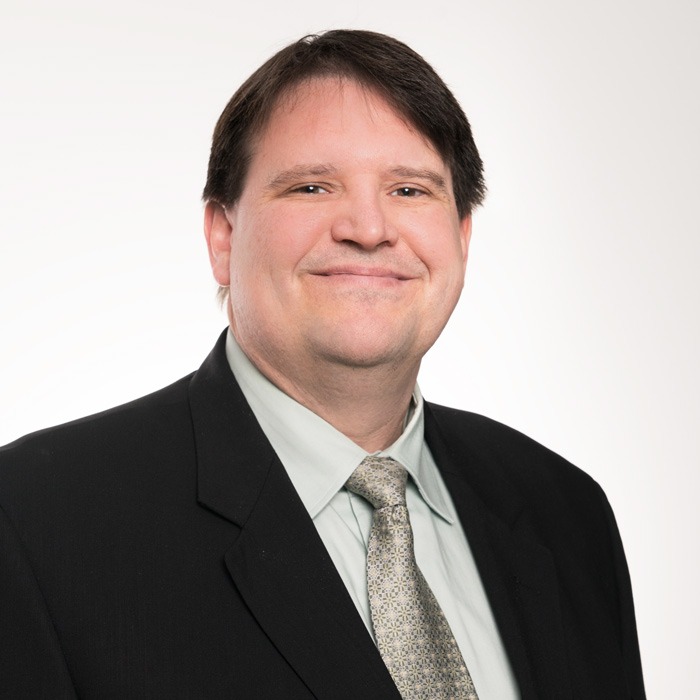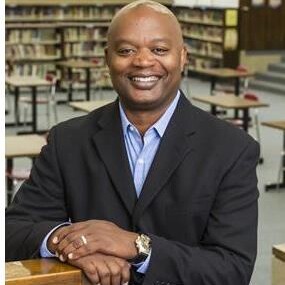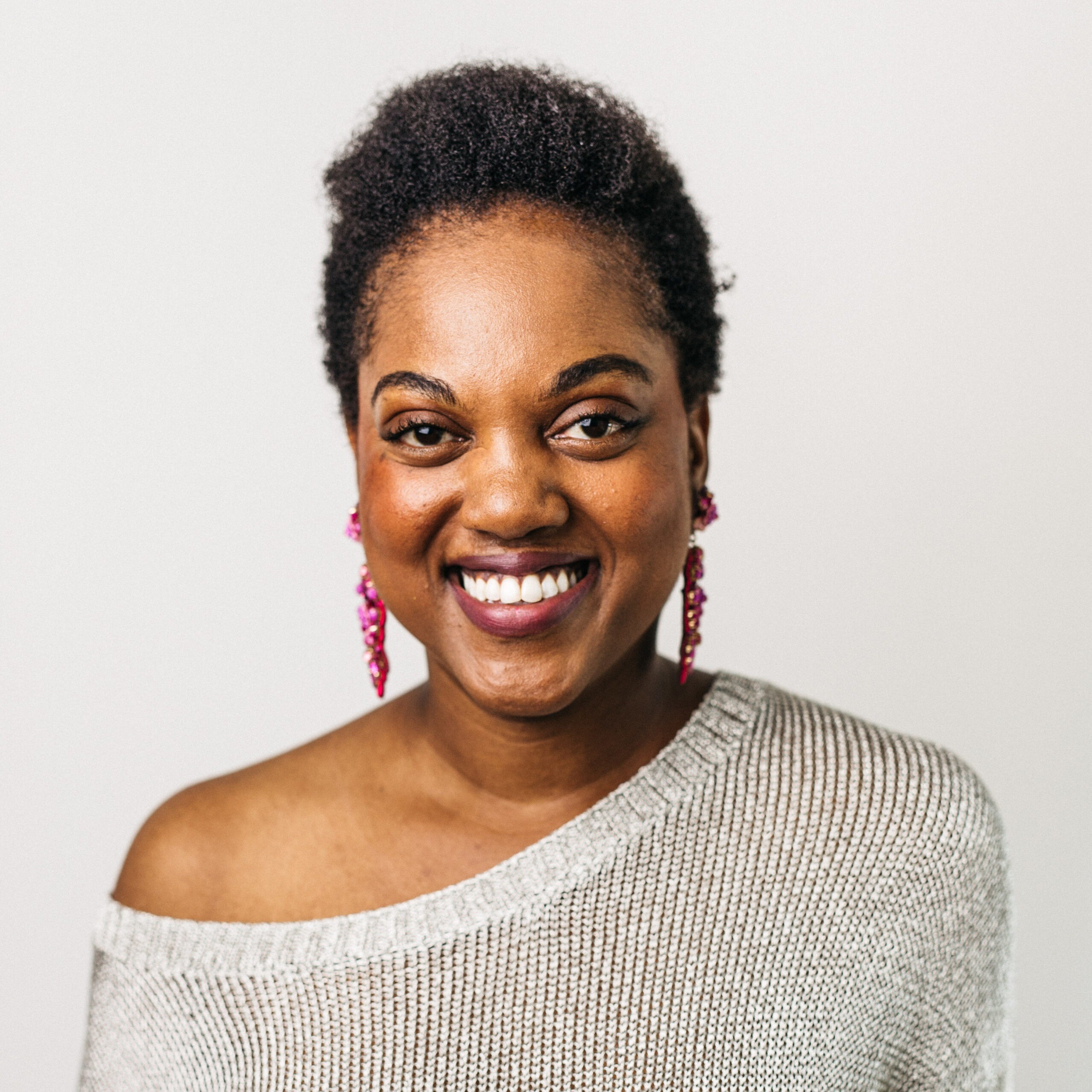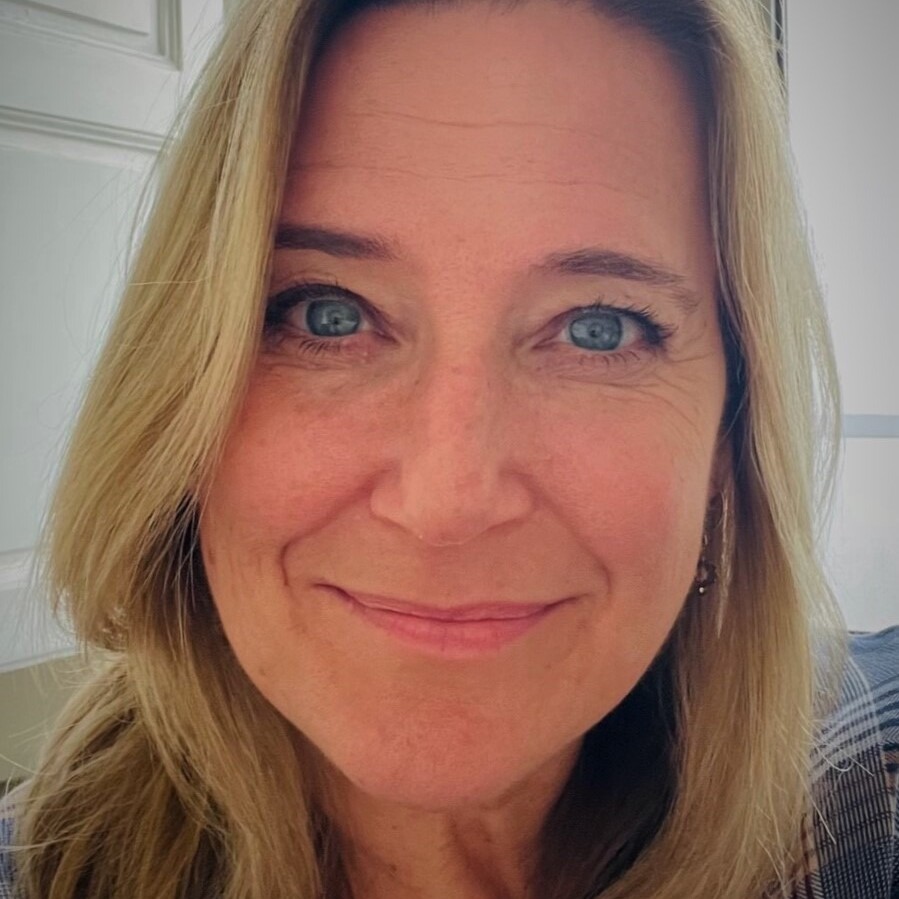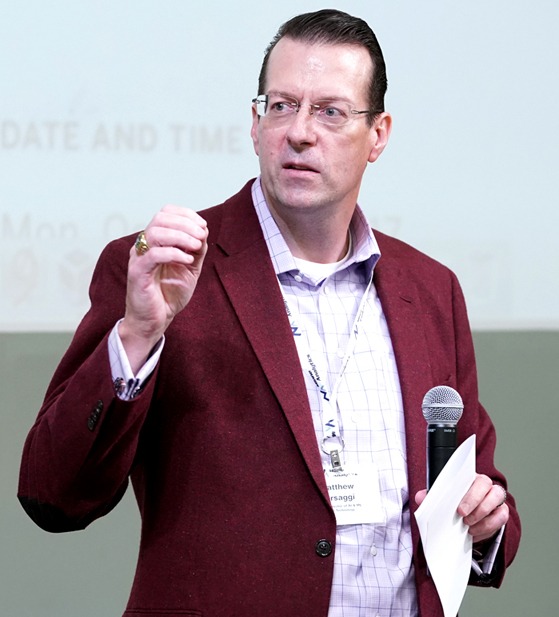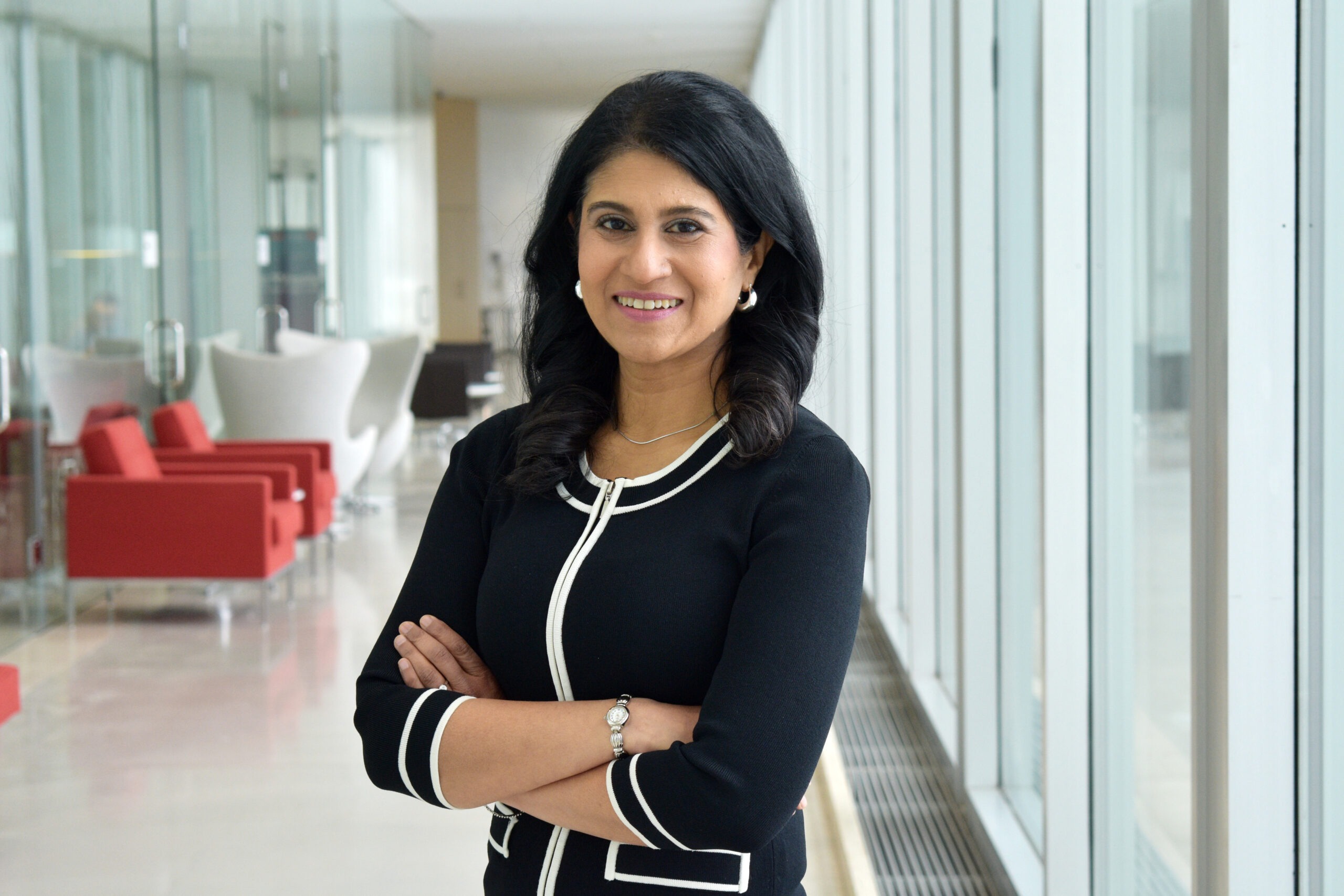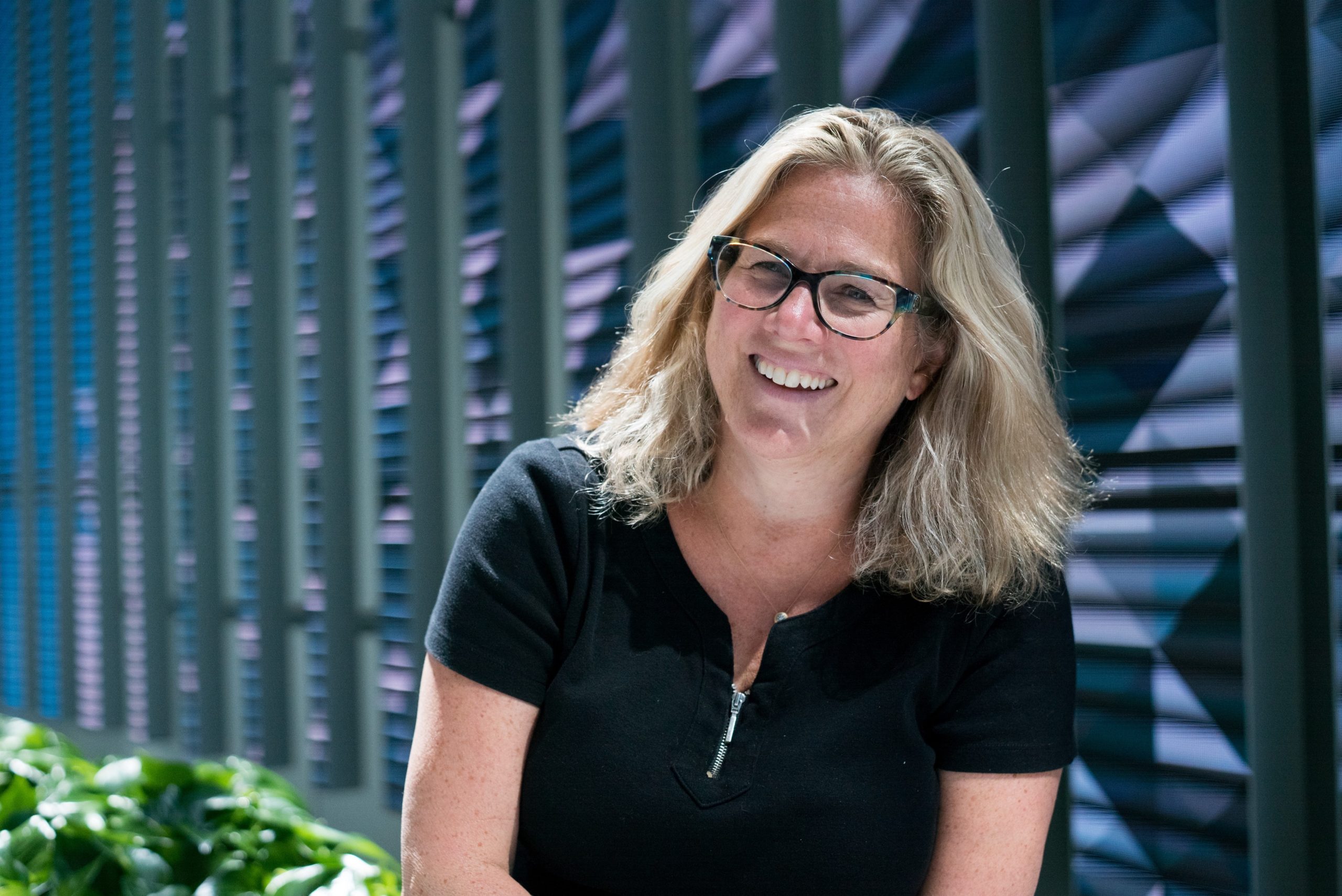On Sept. 23, MnTech will host Tech Connect, a half-day virtual conference showcasing ways technology is enabling Minnesota’s businesses. The event features more than 50 speakers across industries, describing ways they use technology to better serve customers and grow their businesses.
John Avenson, vice president of Technology for the Minnesota Twins Baseball Club, will moderate a panel of tech leaders from several of Minnesota’s large event venues. The panel will address the pivot they’ve made to keep delivering great experiences while keeping patrons safe. If this interview is any indicator of John’s delivery and showmanship, you won’t want to miss it. Here’s a preview of what you can look forward to.
When everything is “business-as-usual,” how does technology support large venues? Paint us a picture.
Avenson: Sometime soon, a warm breeze carries hope into a beautiful late summer evening. The day is just beginning to give up its heat. The setting sun bounces its last golden rays off the glass faces of downtown skyscrapers. You take a refreshing sip of cold beer from your seat high up in Section 321. Close friends and family surround you and discuss their plans for the weekend. That conversation pauses abruptly when Luis Arraez wins his battle against the opposing pitcher and slaps a hit -deep into right field. Your group joins the cheering chorus of thousands in attendance when Arraez is called safe after sliding headfirst into second base. You realize in that instant how we all took these living cultural moments for granted -before that one summer when we needed to live in our separated cocoons, safe from Covid.
While you are surrounded by friends and family, you are also surrounded by complex technologies driven by an intelligent organization that works to give your group the best experience possible. You will not take time spent together for granted any longer. However, you can and should take the technology at Target Field for granted. In other words, Target Field’s technology systems should feel like natural extensions of your experience -and not get in the way.
So that everyone could arrive at their own pace, you distributed your collection of digital tickets to your group using the Ballpark app on your mobile device. You entered the Target Field by scanning your digital ticket and later used that same app to order and pay for tasty menu items at the nearest concessions stand. You sit back and verify scoring using Twingo and by watching a replay on the main scoreboard -which is larger than an NBA basketball court.
Target Field is a multi-media sentient being brought to life by robust converged, cellular, Wi-Fi, and broadcast networks which are utilized by layers of state-of-the-art systems. These systems enable the sights that you see and the sounds that you hear -whether you are at the ballpark, at home watching, or listening to the play-by-play while driving across the country or plowing your field. These systems enable us to enjoy the live action in a common way. They encourage you to share your individualized connection to the action through your social networks.
As you lean back into your chair and take another sip of beer, you imagine the sections, rows, and seats as elements in an interesting database. You wonder what kinds of questions can be answered by that database. While the game is played, multiple sensors and systems continuously pump transactional business and human performance data into other systems for fan, team, and business consumption.
None of these technologies function without an innovative organization that recognizes the human reasons you are there. Scoreboard operators and radio/TV broadcast engineers deliver highly produced live content to your seat and to your community. Target Field game attendants use ballpark tuned applications that communicate special fan needs in their assigned sections. Twins season, group, and individual ticket sales teams provide amazing customer experiences by leveraging a focused CRM solution. Ticket office personnel organize your participation by managing an inventory of over 3.2 million potential seated experiences over the course of 81 regular season home games. Building Operations control sophisticated systems to ensure that Target Field is the Greenest Ballpark in America. Internal software development teams and data engineers deliver custom integrations and interfaces for agile analysis on top of exponentially growing sources of data. Scouts and coaching staff working somewhere on the planet leverage new perspectives that feed a talent pipeline. That pipeline acts as a factory that produces and develops stars ready to play on your future team.
Twins win!! As the fireworks celebration ends and on-field media interviews begin, you and your group decide to venture over to Target Field’s Bat and Barrel club to enjoy one last moment together before heading out. Life is better with baseball!!
Hopefully soon at Target Field, these business-as-usual efforts and technologies will work again to enhance your summertime experiences. In this way, the technology that activates our local large venues also works to enhance and grow our local culture. Spaces like Target Field, the Mia, Xcel/River Center, MSP, and USBank Stadium are invaluable meeting places where we can all share and celebrate our intersecting identities together.
How has the approach to technology-supported experiences shifted during the pandemic?
Avenson: Originally, our panel’s MnTech Spring Conference panel discussion was set up to illustrate the unique array of game day technologies that work to enable your journey and experiences in our large venues. Like you, we have spent these past few months working with our organizations to get through these unprecedented times by transitioning operations to our homes.
Normally at Target Field, we use the word “shift” to mean a shift in the position of infielders and outfielders so that they can be where a batter historically hits. Our coaching staff predicts an outcome based on the statistical spray chart patterns of hundreds and often thousands of previous hits by a given batter. There are no sophisticated historical business statistics to rely on this season. Covid is a batter that we have not met before.
This season, our need to shift can be understood when looking at the empty green seats and quiet concourses during our broadcast-only short season. While we can measure the lost opportunities of an empty ballpark for our business, it is difficult to measure what may be an even greater list of lost opportunities for our community. Thankfully, our team is playing now as we abide by MLB and local safety protocols. Our outward operations have shifted almost exclusively to broadcast and mobile technologies that enable you to at least participate from home.
Other technologies continue to operate. The systems that measure human performance continue to feed our efforts to improve team performance. Our scoreboards and sound systems operate as if you were there. Our ownership and leadership continue to put people first and Target Field waits patiently while actively planning for you to safely return.
Our panel actively participates in a larger collegial group of local venue technology leaders who regularly and openly share ideas to solve common problems for our unique purposes. Some venues represented by the group have opened, some are planning stages to open, some have never paused operations.
Especially during this time, we have been working together as peers to find and define technology pathways that invite trust. Decision points continue to move as the Covid curve moves. So, finding the responsible way forward requires an agile mindset. When science wins the battle at the plate with Covid, can technology help to rebuild trust? We hope to address this during our panel discussion. Let’s get ready for the next shift so we can begin to enjoy important parts of our culture together once again!
What is the top tech priority for the Twins organization right now?
Avenson: We have many forward-thinking infrastructure projects focused on fan experience that were put on hold at Target Field. Evolving our scoreboard and broadcast technologies to present the game in new ways (the science of the eyeball) and improving fan connectivity with 5G and WiFi 6 are on that list. I can’t wait for the green light to move on these exciting initiatives.
Like any business today, right now our top priority is to help keep our business and team performance healthy, protect our strong collaborative culture, and predict the future. Our organization is focused on leveraging new and existing tools that will streamline our operations for a safe experience.
As a consumer, what are some ways technology supported your personal “Stay Safe” efforts?
Avenson: My favorite app is the one I use to track my miles commuting to Target Field each summer on my bike. It is not my favorite app this summer. I am unable to bike to Target Field because of the safety protocols that stop me from using our auxiliary locker rooms and because my favorite trail has been disabled by the current light rail construction going west. I love discovering irony. Not actively using the tracking app because of my made-up excuse linked to “safety protocols” has made me less “safe” or less healthy. That is my fault. However, I think I do get some credit for providing active takeout patronage with local independent restaurants (please support your neighborhood businesses!). Does that count? I know it causes my scale to count higher. I just need to get some miles in…
What has enabled me to “Stay Safe?” It is whatever technology Paul Douglas has used to deliver the incredible weather this summer. If you have had the misfortune of spending time with me on a video conference call, you might know that I try to take as many calls as I can outside on my deck. If I don’t speak up during the call it might be because my neighbor is mowing. While my posture has suffered when trying to look professional for the camera, I have been kept mentally safe because of the balancing effect of a beautiful summer during this terrible summer. Thank you, Paul!!
See John Avenson host the “Not All Super Heroes Wear Capes” panel at MnTech’s Tech Connect event Sept. 23. The panel includes leaders from the Minneapolis Institute of Art, the Minnesota Wild, Bank Stadium, and the Metropolitan Airports Commission.
Registration is free for employees of MnTech member companies and $50 for all others.

